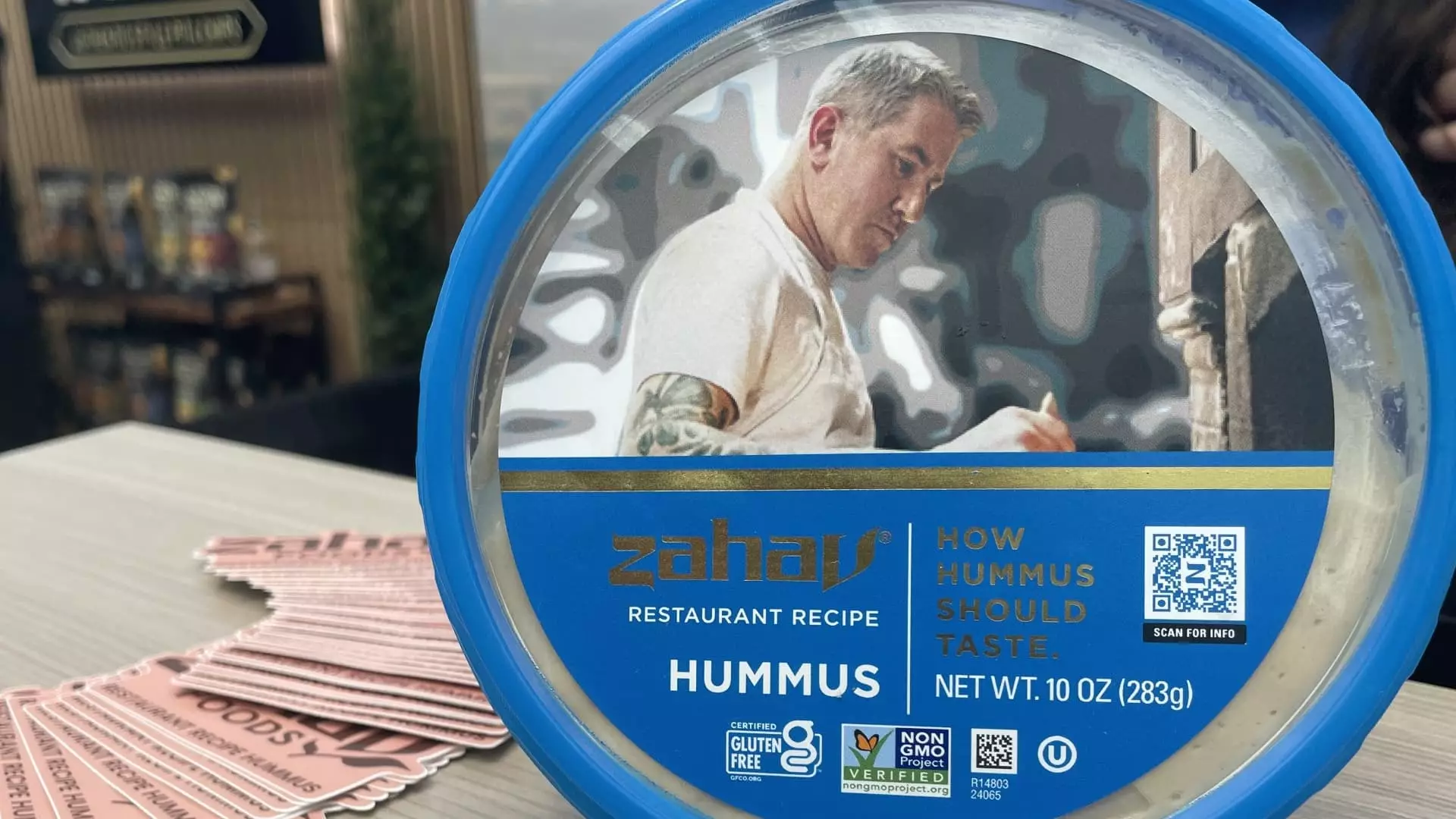In recent years, the food industry has experienced an extraordinary transformation characterized by the relentless pursuit of novelty. While innovation is essential for culinary progress, the enthusiasm for seemingly fleeting trends often masks a deeper question: are we truly advancing or merely chasing ephemeral fads? The Summer Fancy Food Show exemplifies this pursuit, showcasing an array of products that oscillate between genuine innovation and superficial gimmickry. As a center-right observer with a pragmatic approach, I believe that many of these trends, though fleeting, reveal underlying shifts in consumer attitudes—shifts that reflect a desire for quality, authenticity, and a curated experience over mere superficiality.
The resurgence of condiments with sophisticated infusions exemplifies a broader culinary trend: elevating everyday staples into gourmet experiences. Infused olive oils, artisan mustards, and craft hot sauces are not just about flavor but about redefining how we perceive “ordinary” foods. This trend champions craftsmanship and tradition, emphasizing quality ingredients and creative pairings. Instead of succumbing to rapid novelty, consumers are gradually seeking deeper engagement with their food, a sign that bolsters the idea that authenticity and craftsmanship still hold sway despite the increasingly rapid pace of food fads.
However, the spotlight on trendy ingredients like Dubai chocolate or obscure flavor combinations often underscores a superficial culinary spectacle meant to capture social media attention rather than genuine demand. These trends, while initially captivating, tend to vanish as quickly as they appeared, revealing their tight dependence on viral hype rather than sustainable consumer value. As diligent consumers or industry insiders, we must exercise discernment, recognizing that true culinary excellence is rooted in enduring quality rather than transient spectacle.
The Distortion of Plant-Based Innovations
Once heralded as a sustainable salvation, plant-based foods now stand at a crossroads. The overhyped rise of vegan and vegetarian innovations has, in some areas, proven to be a misplaced obsession with superficial health and ethical narratives rather than genuine taste or nutritional superiority. Exhibitors like Beyond Meat, which once dominated conversations, are now facing a decline in enthusiasm—an indication that the market is maturing and discerning.
In the current climate, companies are shifting strategies, highlighting flavor and culinary versatility rather than focusing solely on plant-based labels, which some consumers now see as a marketing ploy rather than a genuine health revolution. Umyum’s cashew cheese or butter innovations demonstrate this shift, capitalizing less on the plant-based angle and more on delivering a delicious, versatile product. It signals a mature industry that recognizes consumers’ preferences for flavorful experiences, irrespective of dietary labels.
This maturation serves as a reminder that the sustainability narrative, while compelling, cannot supersede the importance of taste, affordability, and tradition. There’s an emerging skepticism around the hype, driven by consumers who seek quality offerings that stand on their own merits—not just as alternatives to meat or dairy but as delicious solutions on their own terms. This indicates a potential return to balance, integrating traditional culinary principles with modern innovation, rather than blindly chasing the latest diet trends.
The Strategic Persistence of Profitable Fads
One of the most intriguing phenomena observed at the show is the persistence of what I term “profitable fads,” like “swicy”—a blend of sweet and spicy flavors. While some trends fade as quickly as they surged, others prove to be more resilient, not necessarily because they are nutritious or traditional but because they resonate on a visceral level with consumers craving excitement, daring flavors, and social media appeal.
Mike’s Hot Honey, Smash Kitchen’s Hot Honey Ketchup, and Slawsa exemplify this trend—products that fuse familiar flavors with a twist that excites the palate. These products capitalize on a cultural craving for boldness, yet their core appeal is rooted in simple, satisfying flavors that endure beyond fleeting trends. They remind us that flavor innovation is an enduring pillar of culinary appeal, offering consumers something both familiar and adventurous.
Furthermore, the rise of beef tallow products indicates a complex intersection of tradition, health debates, and nostalgia. Despite widespread nutritional awareness favoring healthier fats, proponents like Robert F. Kennedy Jr. advocate for beef tallow as a purer, more natural fat. While nutrition experts remain skeptical, these products thrive because they tap into a nostalgic longing for “real food” and a rejection of overly processed seed oils. It’s a testament to the enduring power of tradition and the market’s capacity to tolerate debate when authenticity is at stake.
In this landscape, the challenge for the industry and consumers alike is clear: to differentiate between genuine innovation born of culinary passion and superficial gimmicks designed purely for viral fame. The former sustains cultural and gastronomic integrity; the latter contributes to noise and rapid obsolescence.
While some might dismiss the current food trend environment as superficial and ephemeral, there is an undeniable undercurrent of genuine change rooted in quality, tradition, and consumer choice. The focus on elevated condiments, reimagined pantry staples, and flavor-centric innovations signifies a willingness among consumers for authenticity and craftsmanship. At the same time, the persistence of trendy fads—regardless of their longevity—demonstrates an appetite for excitement, variety, and social engagement with food.
As a centrist observer, I see this as a healthy tension: a market that balances innovation with tradition, spectacle with substance. Though not every trend will stand the test of time, the most enduring culinary movements will be those that respect our cultural roots, prioritize quality, and respond to the evolving palate of a discerning public. In the end, the essence of true culinary progress lies not in fleeting fads but in elevating what we already cherish—reinvented, refined, and made relevant for a modern audience seeking authenticity amidst the noise.

